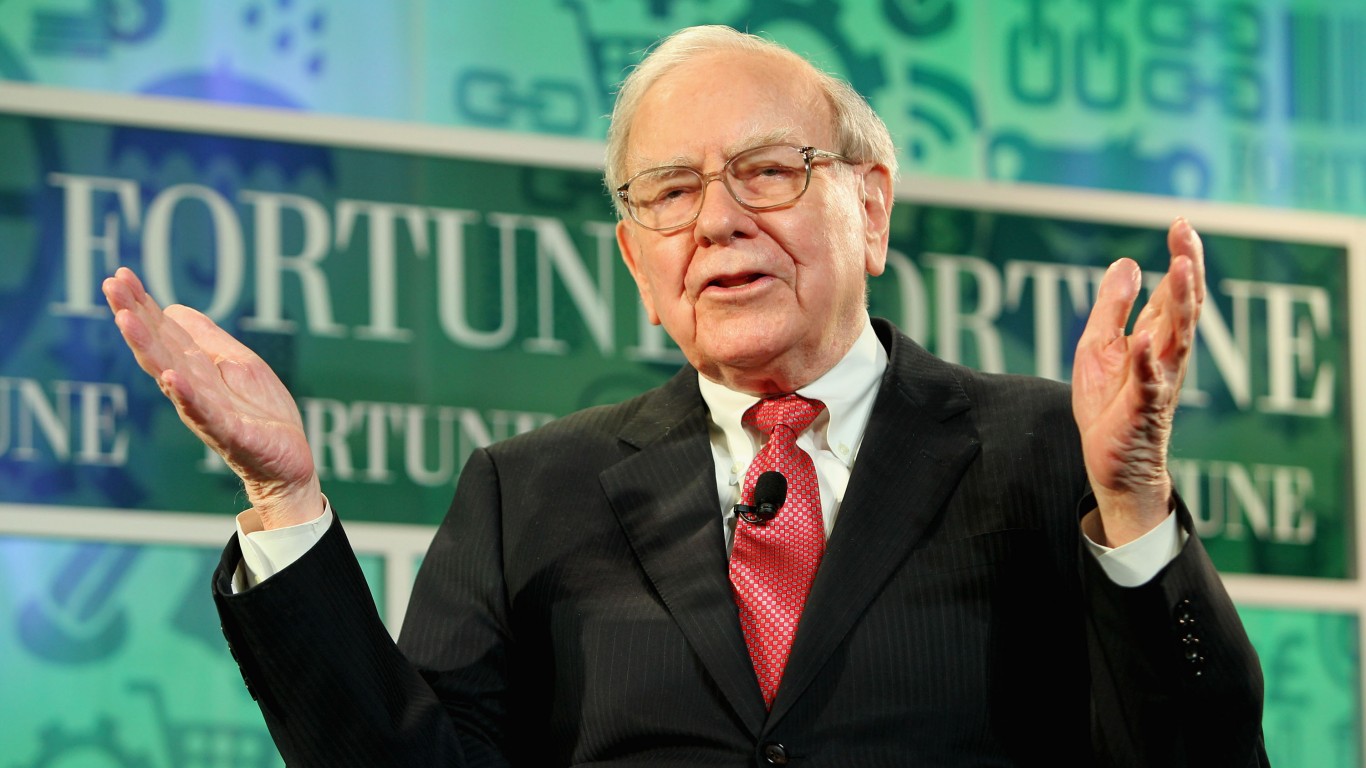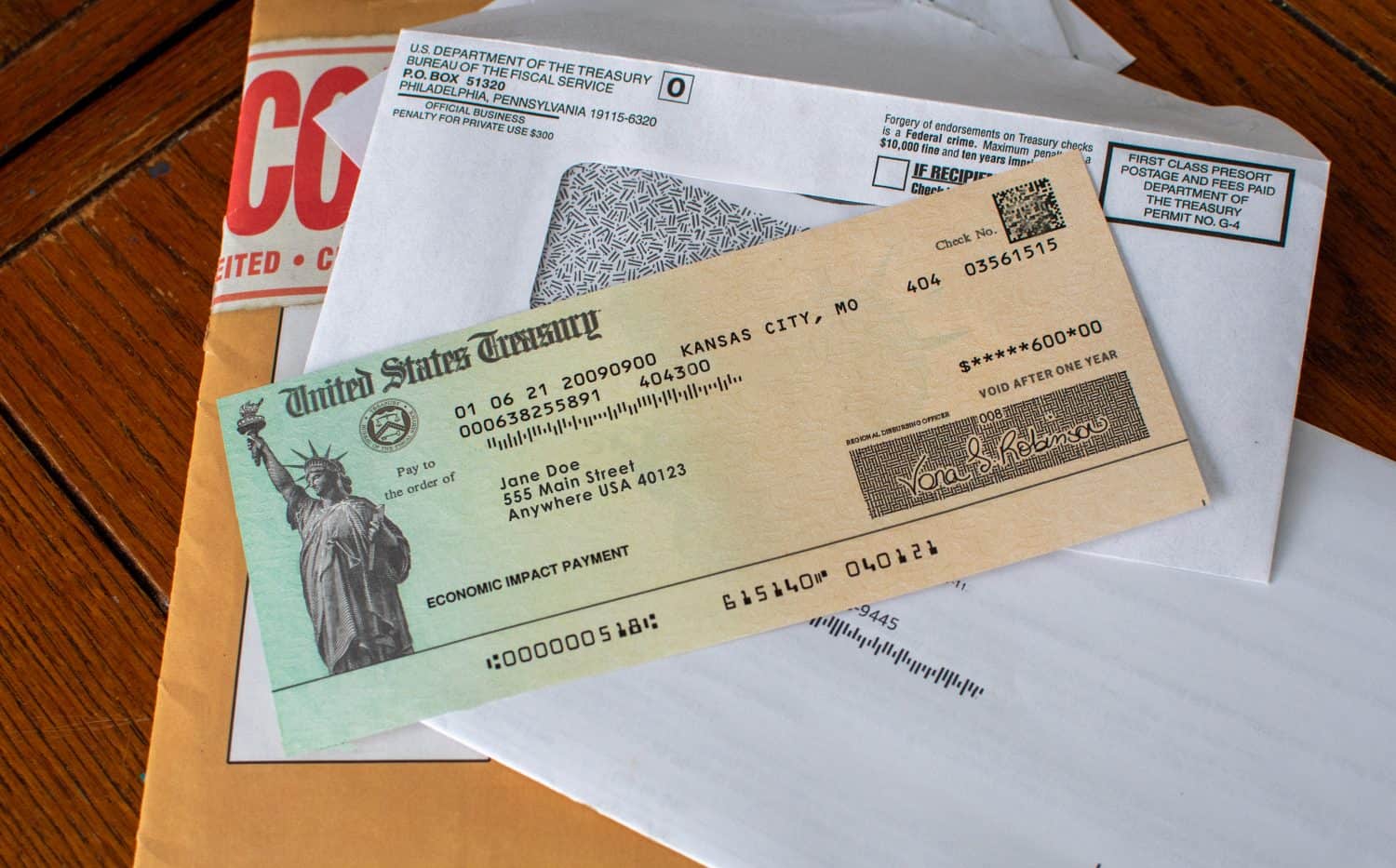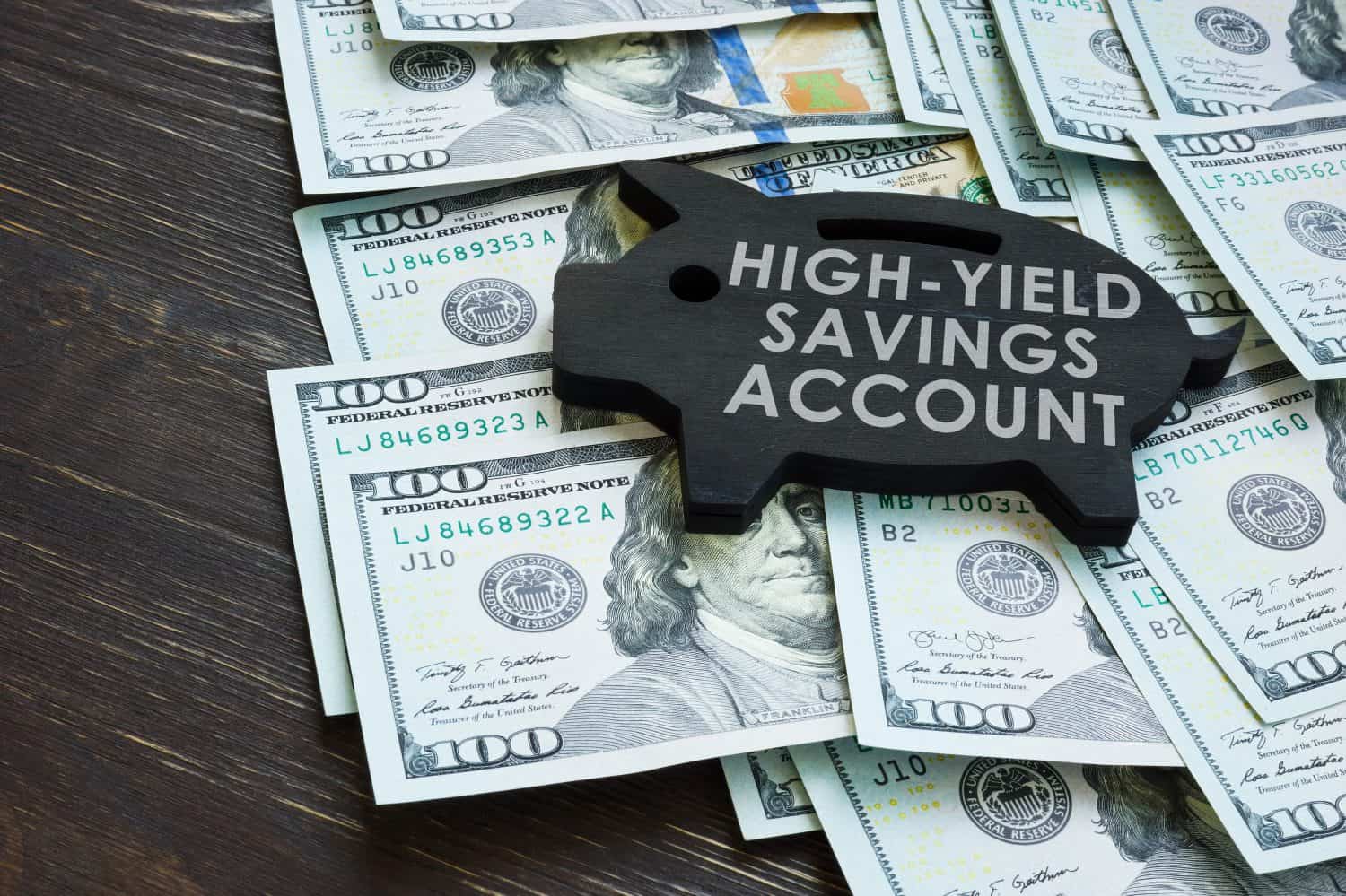Personal Finance
Retirees Should Pay Attention To What Buffett Is Doing With His Cash Right Now

Published:

Warren Buffett is probably one of the most famous investors on earth. Unlike entrepreneurs like Tesla’s Elon Musk or Nvidia’s Jensen Huang, Buffett’s wealth has been built by savvy investing and acquisitions folded into Berkshire Hathaway, rather than creation of a product or service. Given Buffett’s stature, it is not a surprise that many investors emulate many of Buffett’s strategies and security choices for their own portfolios.
During the past several years, Bidenomics has spurred on ultra-high inflation, which has diminished the buying power of the US dollar. As a result, the yield curve for US Treasuries became inverted, meaning short term maturity rates generated a higher yield than longer term ones. This often signals fears of a pending recession, a very likely scenario, given the skyrocketing prices of inflation-fueled goods and services, the $36 trillion national debt, and downwardly revised Bureau of Labor statistics showing that the close to 1 million jobs creation claim by the Biden/Harris administration was a complete falsehood. In response to the economic warning signs from mid-2024, Warren Buffett curiously decided to heavily go long on US T-Bills.

2024 saw some Berkshire Hathaway portfolio moves from Warren Buffett that deviated widely from his long-established “buy it and keep it” methodology. Perhaps triggered by the passing of his long-tenured partner, Charlie Munger, Buffett made headlines with the following moves:
Analysts surmise that Buffett was anticipating the market to drop precipitously and that certain companies that are overvalued will likely fall to attractive levels as we enter 2025. By keeping powder dry, he is poised to jump in to buy when opportunities present themselves.
Warren Buffett clearly has no shortage of cash, and the T-Bill interest still totals over $3 billion, so the sheer size of the position is generating a healthy income stream. Nevertheless, this kind of strategy can be of limited or even detrimental value to the average investor with more modest means.

High Yield Savings Accounts (HYSA) are structured similarly to standard bank savings accounts, which may include checking and ATM card privileges. Although HYSA interest, which is variable rate, may also be subject to state taxes depending on one’s domicile of record, they usually have no minimum investment amount. The interest rates are the primary difference. Some standard savings and checking accounts yield a paltry average 0.42% APY This pales when compared to an HYSA that can range from 3.80%-4.75% or even higher.
T-Bills are considered to be one of the safest investments to protect principal because of their guarantee from the US government. However, HYSA are protected for up to $250,000 per account by FDIC, which is also from the US government, so there is zero trade-off regarding security.
The main appeal where HYSA may be better for the smaller, individual investor is in terms of cash liquidity. Purchases of US T-Bills are essentially the equivalent of getting an I.O.U. from the US government for a fixed period of time, up to a year. For whatever that term may be: 1 month, 4 months, 52 weeks – those funds are locked up for the duration.
With an HYSA, there may be a minimum floor deposit required to earn the agreed-upon yield, but otherwise, any amount above that level is fully liquid and can be withdrawn at the account owner’s discretion without penalty. Due to Bidenomics inflation, available cash for emergencies is a huge looming concern for the majority of Americans. The prices for necessities. like food and medicine, have escalated anywhere from 20-200% for a wide range of items over the past 3-4 years.
Investors seeking to copy Warren Buffett’s strategies on short-term, highly liquid, interest-bearing investments while waiting for stock buying opportunities can certainly purchase T-Bills. However, if they need to buy an emergency medication or pay a mechanic to fix the car so driving the kids to school and getting to work now costs much more than before, the High Yield Savings Account is worth further exploration.
The last few years made people forget how much banks and CD’s can pay. Meanwhile, interest rates have spiked and many can afford to pay you much more, but most are keeping yields low and hoping you won’t notice.
But there is good news. To win qualified customers, some accounts are paying almost 10x the national average! That’s an incredible way to keep your money safe and earn more at the same time. Our top pick for high yield savings accounts includes other benefits as well. You can earn up to 3.80% with a Checking & Savings Account today Sign up and get up to $300 with direct deposit. No account fees. FDIC Insured.
Click here to see how much more you could be earning on your savings today. It takes just a few minutes to open an account to make your money work for you.
Thank you for reading! Have some feedback for us?
Contact the 24/7 Wall St. editorial team.